In this article
View 8 More +A Sheltidoodle is a mixed breed that is a cross between a Shetland Sheepdog and a Poodle. They are highly intelligent due to their Poodle parent and active due to their Shetland Sheepdog parent. They are very playful and affectionate, and they usually have gorgeous coats.
Breed Overview
Height:
14–19 inches
Weight:
40–50 pounds
Lifespan:
12–15 years
Colors:
Black, brown, cream, gray, white
Suitable for:
Families with large yards, families with kids
Temperament:
Loving, intelligent, highly trainable, energetic, playful
If you’re considering owning one of these precious and lovable dogs, it is crucial to learn everything that you possibly can about them. That way, you know what you’re getting into, and there are no surprises. We don’t mean that in a bad way; we just want to make sure that you have everything you need to care for these dogs, as well as the time and energy to do so. That’s why we’ve created this guide to teach you everything you need to know about owning a Sheltidoodle.
Sheltidoodle Characteristics

Sheltidoodle Puppies
Sheltidoodles are great for people who are new to dog ownership, especially young couples who have a family or want to start one. But, even though they are easy for beginners to train and take care of, you still need to have an idea of what you’re doing.
You want to make sure that the Sheltidoodle you are considering taking home is healthy and was raised by a responsible breeder. Otherwise, you could be left with a sick dog that requires a lot of medical attention. Be sure to read the Sheltidoodle’s full care guide to learn what type of food, exercise, and grooming they need to grow into happy and healthy pups!
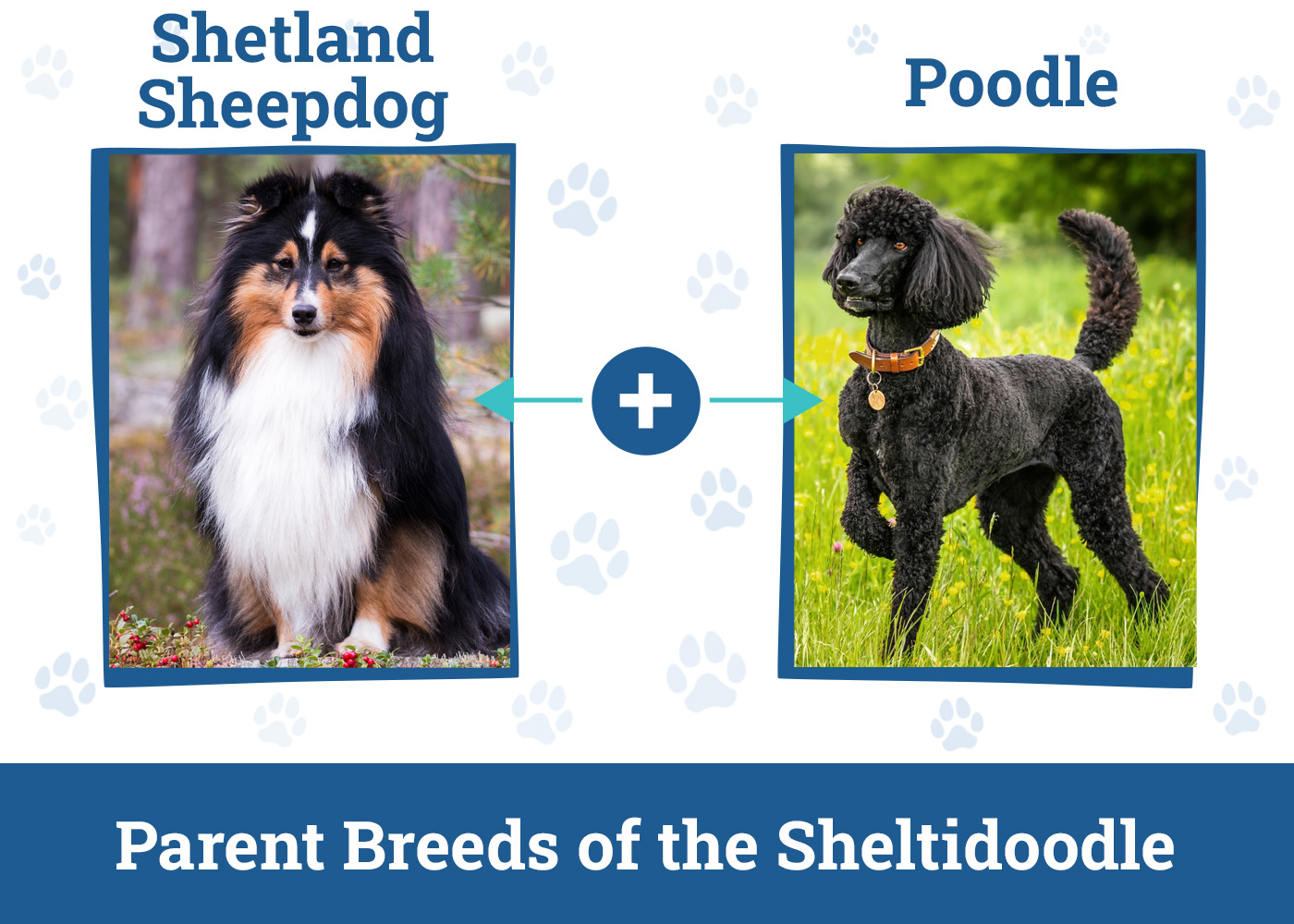

Temperament & Intelligence of the Sheltidoodle
One of the benefits of designer dogs is that you can create any type of personality and temperament that you could possibly want in a dog. And when it comes to the personality and temperament of a Sheltidoodle, they truly have one of the best of any pup.
Sheltidoodles have a high level of intelligence and obedience, which means that they are very easy to train. They are good at maintaining their focus, and once trained, they know what their owner expects of them.
However, they also know how to have fun and won’t hesitate to play or run around with you. They love being outside, so living in a small apartment without plenty of space to play is not ideal for these dogs. They benefit from daily walks and playtime, and they don’t care what sort of activity they are participating in as long as they get to be outside.
Another excellent characteristic of these dogs is that, due to their herding background, they make excellent farm dogs. Sheltidoodles love to feel useful, and what better way to make them feel that way than by letting them hone their natural herding abilities? Even if you don’t have a farm, a big, fenced-in yard will keep them happy.
Finally, Sheltidoodles are highly affectionate. They are incredibly loyal to their families and want to protect them without being aggressive. They make great watchdogs but aren’t aloof toward new people.
Are These Dogs Good for Families?
Sheltidoodles are wonderful family dogs, especially if you have children. The more members of your family, the more people there are for your Sheltidoodle to love and play with. They especially love kids with higher energy levels.
But that doesn’t mean you don’t have to supervise your Sheltidoodle around your kids. All dogs should be supervised around kids, but in the case of Sheltidoodles, they may try to “herd” your kids if you have more than one. They could accidentally knock a small child off of their feet. As long as you teach your kid and dog how to interact with each other and keep a close watch on them, you shouldn’t have any problems.
Does This Breed Get Along with Other Pets?
Sheltidoodles can get along with your other pets just as well as they will with your kids as long as they have plenty of time to warm up to and get to know them. The best way to ensure this happens is to socialize your Sheltidoodle from puppyhood. That way, your pup will be able to grow up around your other pets, and the other pets will have plenty of time to adjust and get to know their new family member.

Things to Know When Owning a Sheltidoodle:
It’s very important to learn more about the dog’s personality and care needs before committing to getting one. Here’s everything you need to know about caring for a Sheltidoodle so your dog can live their best life.
Food & Diet Requirements
All dogs, not just purebreds, benefit from high-quality dog food, including Sheltidoodles. The best type of dog food is high in protein and low in fat in order to keep your dog’s muscles lean and healthy.
It’s also important not to overfeed your Sheltidoodle since dogs are prone to obesity due to being overfed or allowed to eat whenever they want to. Generally, a Sheltidoodle should eat 2–3 cups of food daily, divided into two meals. Keeping your dog on a feeding schedule can ensure they are not overfed.
Exercise
Sheltidoodles aren’t the most active dogs, but they enjoy getting to run around and play. They need a moderate amount of exercise and stimulation per day as a result, usually around 60 minutes. In addition to their morning and evening walks, you can let them run around in the background to get their daily exercise in.
Playing fetch or tug-of-war with your dog is another great way to provide them with exercise, and providing plenty of toys to play with indoors can stimulate their mind so that they don’t get bored.
Training
Sheltidoodles are highly trainable dogs due to the intelligence they get from their Poodle parent and the obedience they get from their Shetland Sheepdog parent. Even as a puppy, you should have no problem teaching your dog basic commands, especially through the use of positive reinforcement and treats to let them know that they are doing a good job.
Once your Sheltidoodle has mastered the basic commands, you can also try to teach more complex commands. This will not only keep their mind engaged and stimulated, but it will allow you to exercise your dog at the same time. Agility tricks and competitions can be a great way to show off how smart and fun your dog is as well.
Grooming ✂️
When it comes to the coat of your Sheltidoodle, there are two types you could end up with. If they inherit the Poodle coat, it will be curlier and require more frequent brushing in order to keep it from getting tangled and matted. You’ll also have to have it groomed more frequently to keep it looking its best, but you shouldn’t have to worry about shedding too much since Poodles are very low-shedding dogs.
If your Sheltidoodle gets a coat that is more similar to a Shetland Sheepdog, it will likely be wavier and thicker. You won’t need to brush it as often, maybe only twice a week. But your dog will shed more, especially during warmer months, and you may want to have your dog’s coat trimmed to reduce the amount of shedding that occurs.
Health and Conditions
Since Sheltidoodles are cross-bred dogs, they aren’t as likely to suffer from genetic conditions as purebred dogs are. However, it is possible that your dog could get whatever conditions the parents have. That is why it is so important to get medical information about the parents.
Some conditions that may affect your Sheltidoodle can affect all breeds, such as eye conditions and hip and elbow dysplasia. However, other conditions, such as sebaceous adenitis or bloat, can affect Poodles and other similar breeds. Conditions such as Von Willebrand’s disease and Collie eye anomaly are sometimes found in Shetland Sheepdogs.
That doesn’t necessarily mean that your dog will have these conditions. However, yearly veterinary checkups are essential to catch and treat potential medical issues before they become a problem.
- Cataracts
- Collie Eye Anomaly
- Glaucoma
- Progressive Retinal Atrophy
- Bloat
- Elbow Dysplasia
- Hip Dysplasia
- Sebaceous Adenitis
- Von Willebrand’s Disease
Male vs Female
Both male and female Sheltidoodles make great pets. There is very little difference in temperament and personality between the two genders. However, female dogs mature faster mentally, while male dogs tend to mature faster physically.
A female Sheltidoodle will likely be slightly easier to train, especially from puppyhood. But a male will have a more eager and outgoing attitude. In either case, spaying or neutering your Sheltidoodle is vital, especially if you have other dogs. This can reduce any unwanted behaviors resulting from your dog wanting to mate.
3 Little-Known Facts About the Sheltidoodle
1. Sheltidoodles Are Just One of Many Names for These Dogs
You may also hear a Sheltidoodle referred to as a Sheltipoo or a Sheltipoodle. But, all of these terms refer to the same dog with a Shetland Sheepdog parent and a Poodle parent.
2. Sheltidoodles Get Their Herding Instincts from the Shetland Parent
Shetland Sheepdogs were bred as herding dogs on the Scottish islands.
3. Both Parents Are Highly Intelligent
Poodles are one of the top five most intelligent dog breeds, and Shetland Sheepdogs are great at following commands. This makes Sheltidoodles intelligent, obedient, and responsive to following commands.
Final Thoughts
If you want a highly intelligent and obedient but fun-loving dog, a Sheltidoodle may be the perfect pet for you. However, you need to provide your dog with the care that they need to thrive. This includes having time for grooming and playing with your dog, as well as making sure that they receive veterinary care when needed.
If you can provide the proper care and have a large, fenced-in yard and a loving family, you have the perfect environment to raise one of these beautiful, loyal, and loving dogs. If it’s just you and your Sheltidoodle, the two of you will surely enjoy a special companionship that will last for many years.
Related Read:
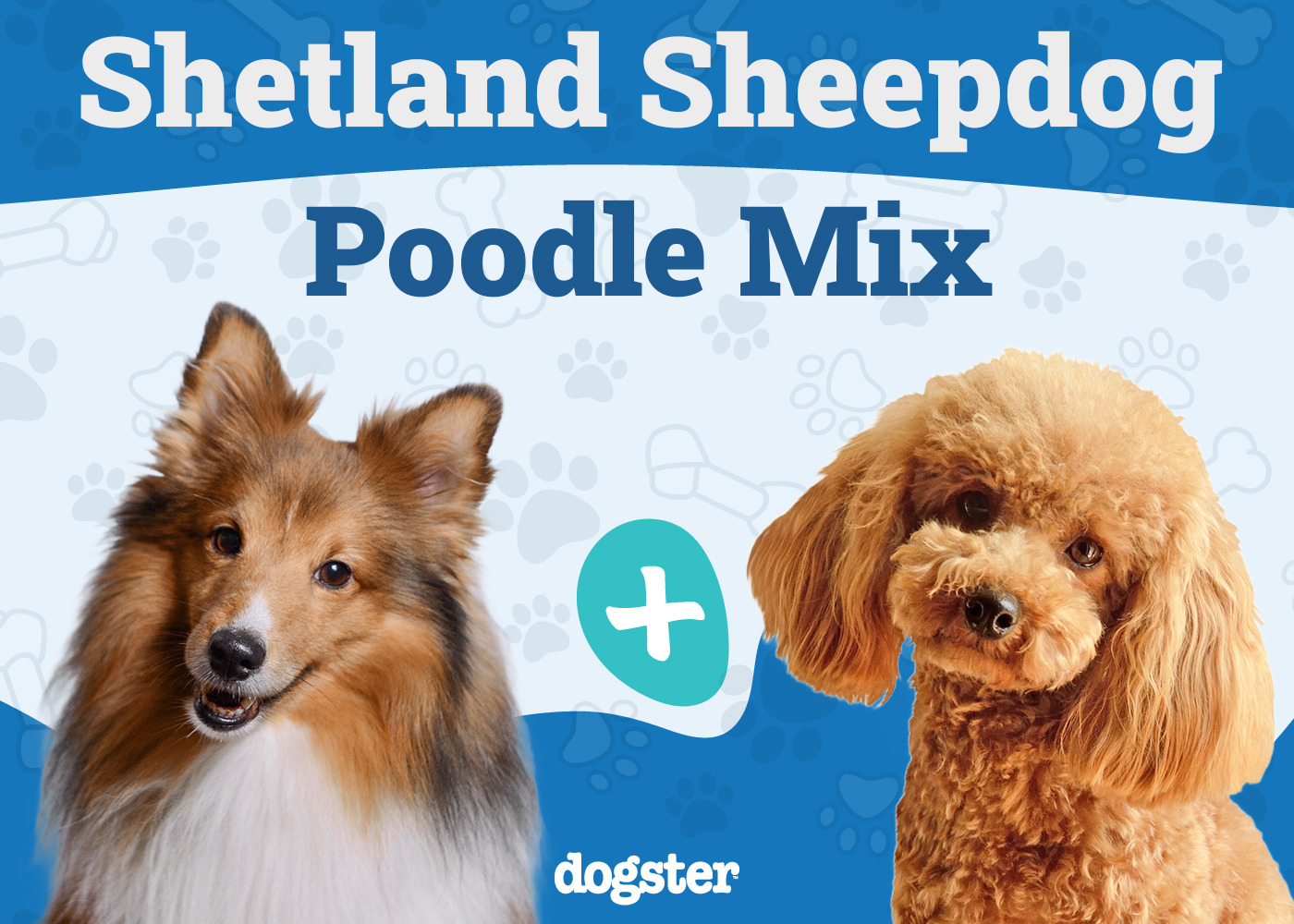







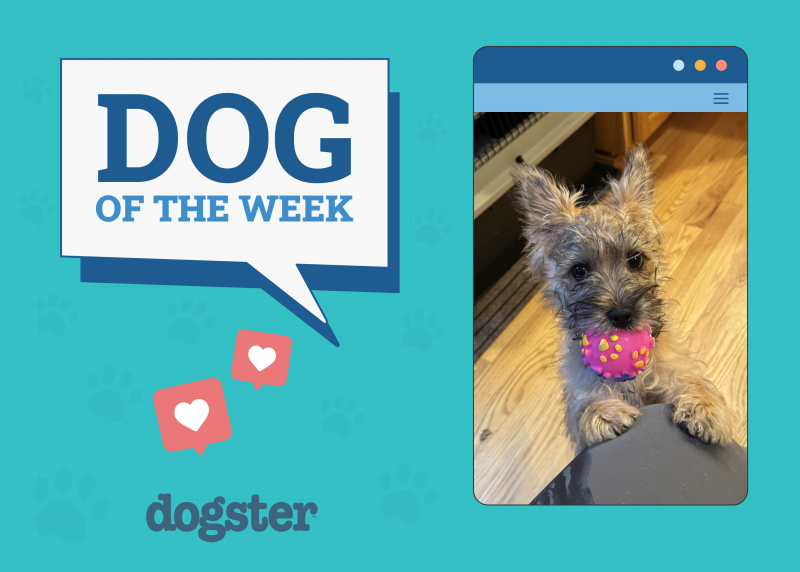
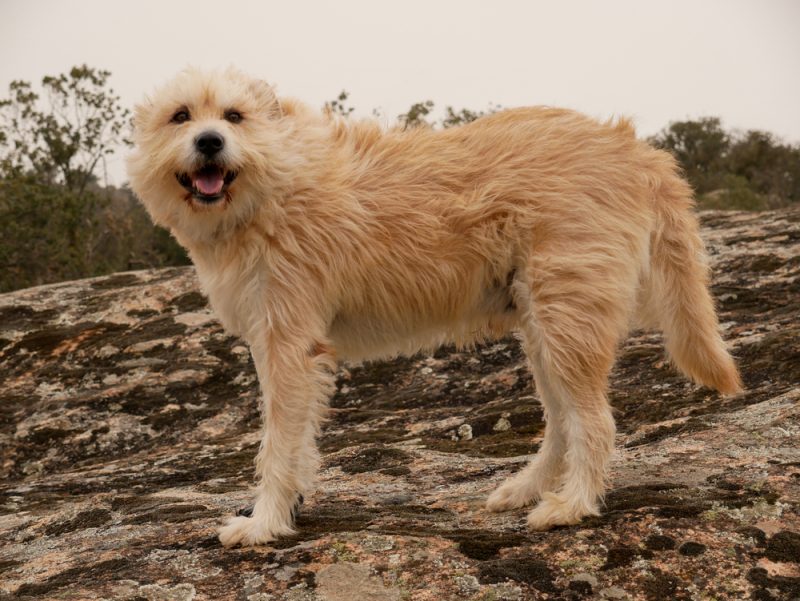
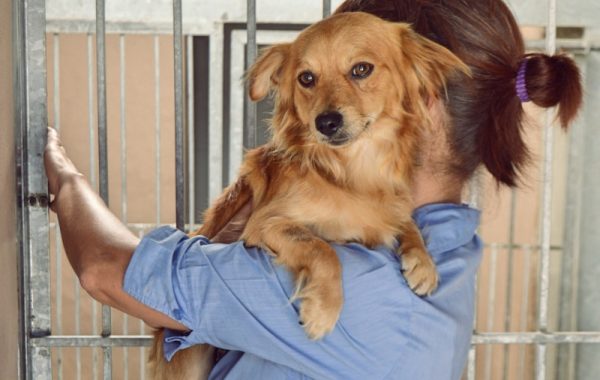
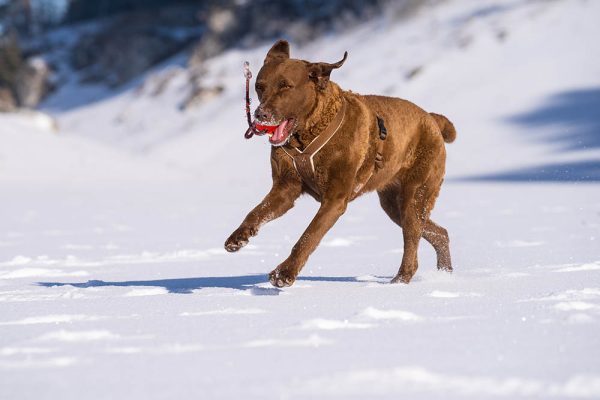


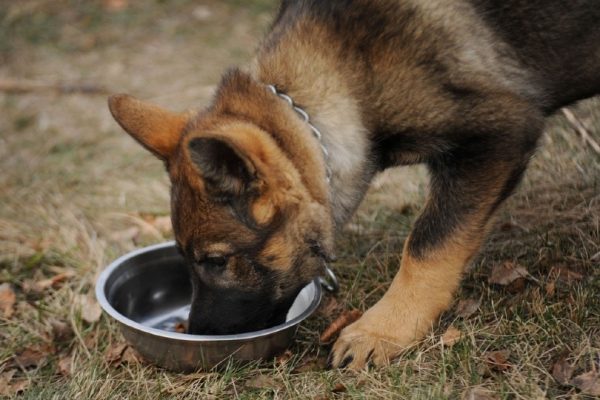





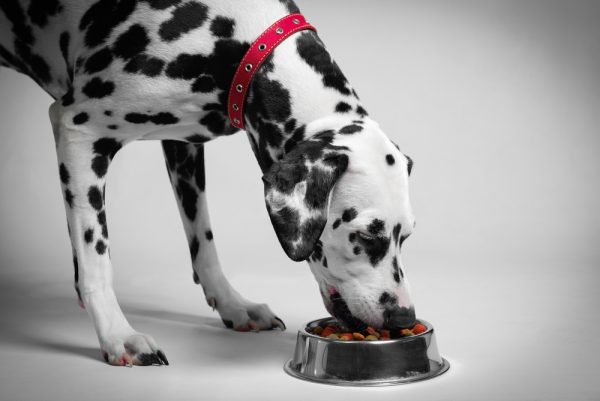

2 Responses
I we grew up with always having full breeded Collies, Great, Danes & St Bernards. ☺️
But back then times were different than now, & to live in so places you need to have smaller dogs.😞
So I wish to Thank All of You Young People for keeping us old disabled senior happy to be able to still see our beautiful Babies once again.
Hi Margaret,
Thank you so much for your beautiful message! ❤️ It’s wonderful to hear about the dogs you grew up with—Collies, Great Danes, and St. Bernards are such lovely breeds.
Thanks for your comment and have a great day 🙂